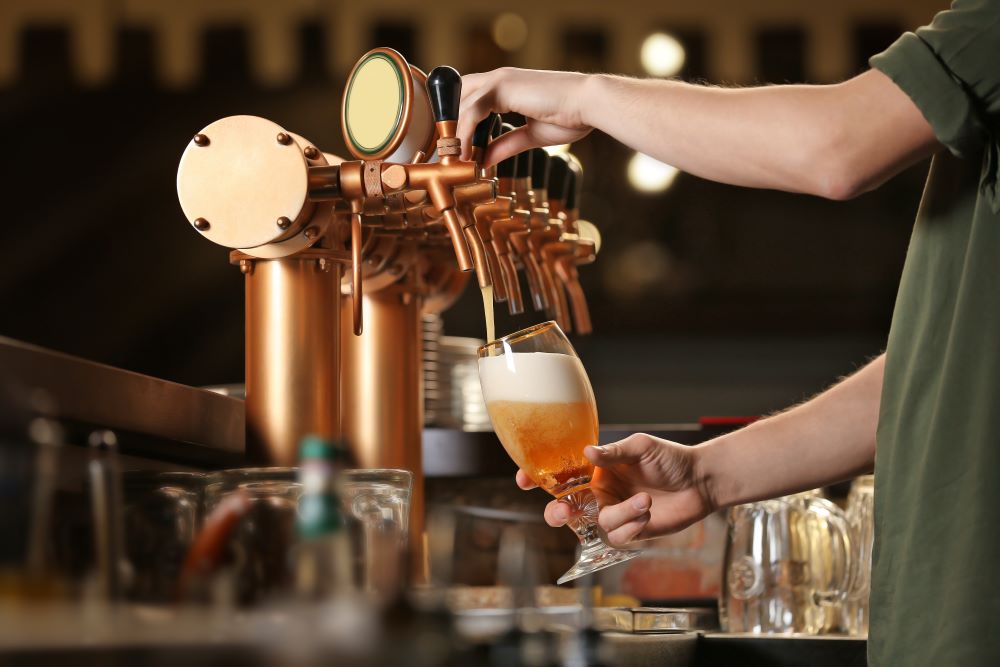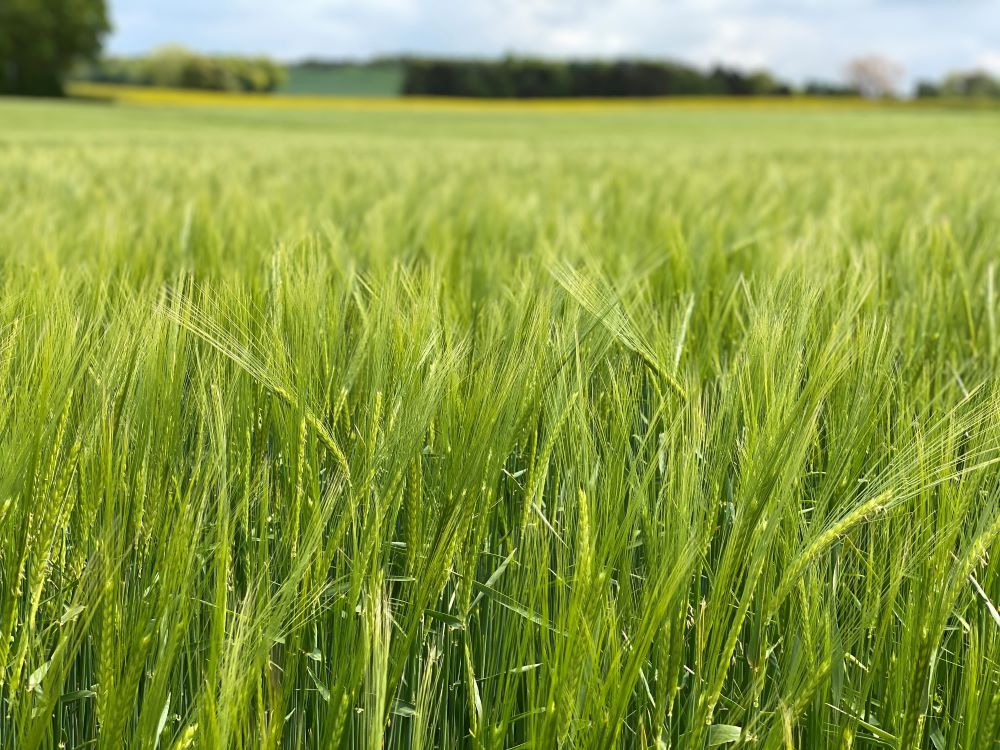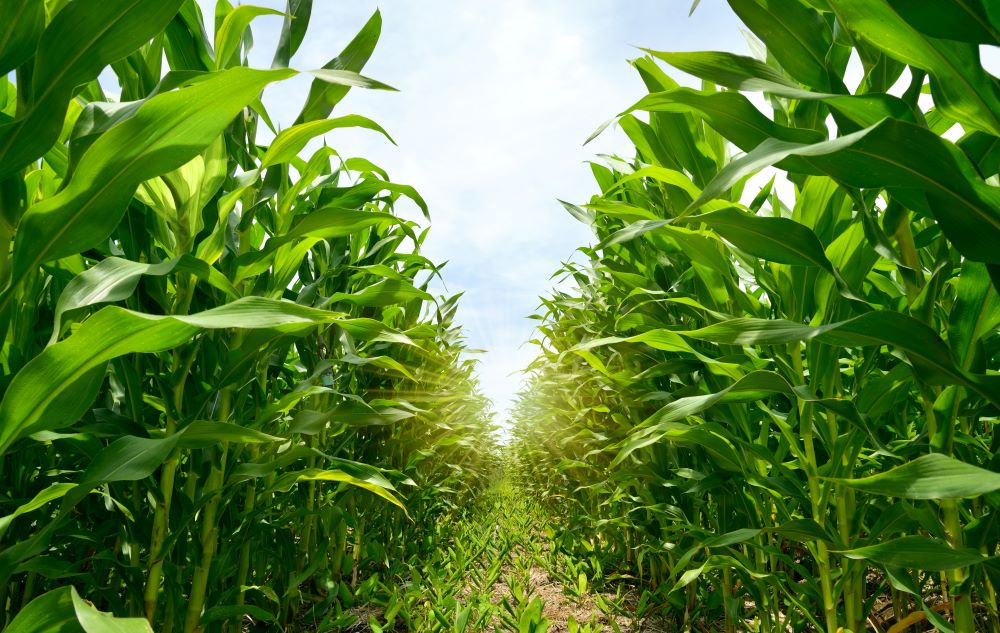
2023 was the warmest year ever recorded, with global average temperatures almost 1.5°C warmer than pre-industrial levels.[1] Solving the climate crisis is more urgent than ever. For businesses, pressure is growing to act. Increased awareness, interest and scrutiny from consumers and investors is making it harder for companies to ignore their responsibilities. Almost half of the world’s biggest businesses have stepped up to show their commitment with public net zero goals.[2]
As with most sectors, the brewing industry is all too aware of the need to embrace sustainability – to appeal to eco-conscious drinkers, reduce their consumption of resources (especially water) and save costs. After all, a third of consumers are willing to spend more than usual with brands showing strong sustainability credentials.[3] And there are plenty of ways to enhance performance – from cutting water and energy use and switching to more sustainable raw materials and ingredients, to reducing packaging weights and minimizing waste.
IFF continues to respond to the challenges presented by climate change and to help brewers find innovative ways to transform the way they make great beer, without compromise.
Take beer haze, as an example. We know that beer lovers expect a clear beer so for many consumers, clarity means quality. Therefore, getting rid of haze is an ongoing challenge for many beer manufacturers. Haze, or colloidal instability, is when compounds present in the beer – namely sensitive proteins and polyphenols- bind to each other and become large enough to scatter light, causing turbidity.

A number of factors influence haze formation. There’s temperature, of course, but brewers must also consider oxygen levels, sunlight, certain metallic ions, alcohol levels, raw material usages (e.g. wheat or not) and the pH values. Transporting beer has an impact too.
There are lots of solutions available to maintain clarity in beer and tackle haze. Silica gel can be used to negatively charge the proteins in the beer to adhere to pores in the applied gel. However, breweries need to use high dosages for it to be effective if used on its own, which might affect the beer’s foam and flavor.
Brewers can also use PVPP (polyvinylpolypyrrolidone), a nylon-type polymer that has an even higher affinity for chemical bonding with polyphenols than the proteins present in beer have. This makes PVPP a good chemical stabilizer for beer. If finely granulated, and dispersed in beer, a very high proportion of the dissolved polyphenols in the beer will bind to the PVPP particles, and subsequently be filtered out. However, PVPP must be regularly discarded and replaced, increasing the breweries’ waste or regenerated using significant amounts of water and caustic soda.
But IFF wanted to come up with an even better solution – one that not only dealt effectively with haze, but also delivered a range of sustainability benefits.
A quick, simple and sustainable solution for haze
IFF Brewing’s new enzymatic solution, BCLEAR™, makes it quicker, simpler and smarter for breweries to stabilize their beer. The enzymatic solution cuts the protein in beer into smaller peptides too small to scatter light and produce haze. It stabilizes beer more efficiently and is less resource-intensive, producing savings in energy and water consumption, while significantly simplifying the process. Additionally, unlike traditional methods of clarification, BCLEAR™ improves foam stability in the beer and reduces gluten content.
Compared to most other enzymatic solutions on the market, BCLEAR™ leads to a more robust process allowing for great optimization of dosage, thanks to its high efficiency. Once optimum dosage for stabilization is reached, BCLEAR™ delivers a very consistent response and this means brewers can get it right the first time, achieving quality targets and reducing risks of loss or rework.

In fact, if just 20% of the world’s beer production using traditional methods were to switch to BCLEAR™ today, 300 million liters of water could be saved.[4]
The solution, which does not affect the beer taste, is also optimal for making gluten-reduced beers. It helps breweries reach their gluten target faster than using traditional methods, shortening the beer release time and reducing process complexity, compared to current enzymatic solutions. Unlike commonly used stabilization aids, BCLEAR™ can also offer better foam stability, which is maintained over shelf life.
Making sustainability decision making that much easier
The brewing industry has warmly welcomed the launch of IFF’s pioneering Sustainability Brewing Calculator,[5] a tool that helps to simplify sustainable decision-making. The new online tool reveals how adjustments to raw material inputs can lead to substantial savings in water, energy, CO2 emissions, and land use. It uses life cycle assessment methodology and available sustainability data to simulate adjustments in brewing recipes, providing outputs such as potential reductions in water and energy consumption and decreases in carbon emissions.
By adjusting a recipe to include a higher percentage of locally sourced raw materials, for example, brewers can lower costs, support local agriculture and, in most cases, minimize overall environmental impacts.
The calculator’s dashboard quantifies sustainability benefits in real terms, per year or per unit of beer production (hectoliters or BBL). This includes potential water savings (in liters, compared with Olympic-sized swimming pools), potential energy savings (in kWh, compared with the energy required to service households), CO2 equivalent savings (in kWh, compared with trees planted), and potential land use savings (in kilometers square, compared with football pitch areas).
Based on the intended raw material inputs and required outcomes, brewers can download a comprehensive report containing the data they have tested. The report also includes a guide to the different IFF enzymatic solutions that can be used, such as LAMINEX® (reducing viscosity and improving downstream beer filtration), AMYLEX® (ensuring fast and efficient starch conversion) or BCLEAR™ (ensuring robust stabilization).
Tackling the critical issue of water
As in many sectors, breweries increasingly see the direct correlation between sustainability and cost savings. Optimizing processes to reduce inputs, energy use, water consumption, and raw materials is a surefire way to enhance the bottom line, while helping to protect the environment.

Preserving water is critical for brewers. Beer is made of over 90% water, and it takes about 2.5 to 3 liters of water for large breweries to produce 1 liter of beer.[6] Yes, there are costs associated with water consumption, but there are also greater risks, especially for brewers operating in water-stressed parts of the world. Around half of the world’s population live under highly water-stressed conditions for at least one month of the year.[7] So, using as little water as possible – whether in the brewing process itself or in other areas, such as cleaning pipes and vessels – is key.
So, this is where IFF has focused its efforts. By using LAMINEX® MaxFlow 4G enzyme solutions, brewers can improve the speed of mash separation and beer filtration, which improves cleaning processes and cuts water and energy use. The solution is reducing brewery cleaning requirements by up to 21%, and lowering electricity use for pumping during filtration by around 15%.
The climate crisis demands immediate and innovative responses across all industries, including brewing. Embracing sustainability is not just an environmental imperative but also a strategic business decision.
[1] https://climate.copernicus.eu/copernicus-2023-hottest-year-record
[2] https://zerotracker.net/analysis/new-analysis-half-of-worlds-largest-companies-are-committed-to-net-zero
[3] https://nutritics-1741847.hs-sites.com/sustainability-matters-consumers
[4] Estimation based on average usage data for a mid-size to large brewery.
[5] https://bioscience.iff.com/solutions/food-and-beverages/brewing-enzymes/sustainable-brewing#section-140
[6] https://www.bieroundtable.com/publication/2023-water-and-energy-use-benchmarking-study/
[7] https://www.wri.org/research/aqueduct-40-updated-decision-relevant-global-water-risk-indicators
© 2024 International Flavors & Fragrances Inc. (IFF). All rights reserved. IFF, the IFF Logo, and all trademarks and service marks denoted with ™, SM or ® are owned by IFF or affiliates of IFF. The information provided herein is based on data IFF believes, to the best of its knowledge, reliable and applies only to the specific material designated herein. The information contained herein does not apply to use of the material designated herein in any process or in combination with any other material. Accordingly, IFF cannot guarantee or warrant such information and assumes no liability for its use. Other than as may be expressly set forth in a contract of sale, IFF makes no warranty, express or implied, as to the material set forth herein, including the warranty of merchantability or fitness for a particular use.


